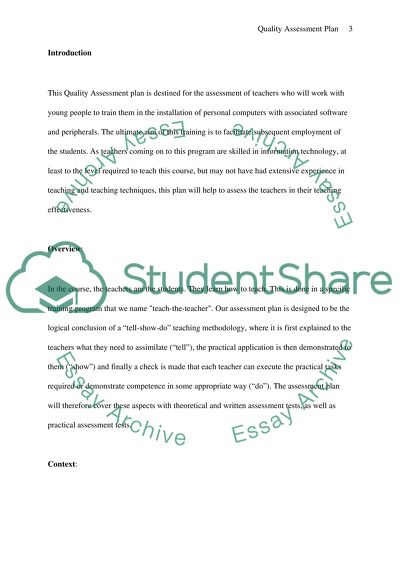Cite this document
(“Quality Assessment Plan for Teachers Coursework”, n.d.)
Quality Assessment Plan for Teachers Coursework. Retrieved from https://studentshare.org/education/1508662-quality-assessment-plan-for-teachers
Quality Assessment Plan for Teachers Coursework. Retrieved from https://studentshare.org/education/1508662-quality-assessment-plan-for-teachers
(Quality Assessment Plan for Teachers Coursework)
Quality Assessment Plan for Teachers Coursework. https://studentshare.org/education/1508662-quality-assessment-plan-for-teachers.
Quality Assessment Plan for Teachers Coursework. https://studentshare.org/education/1508662-quality-assessment-plan-for-teachers.
“Quality Assessment Plan for Teachers Coursework”, n.d. https://studentshare.org/education/1508662-quality-assessment-plan-for-teachers.


